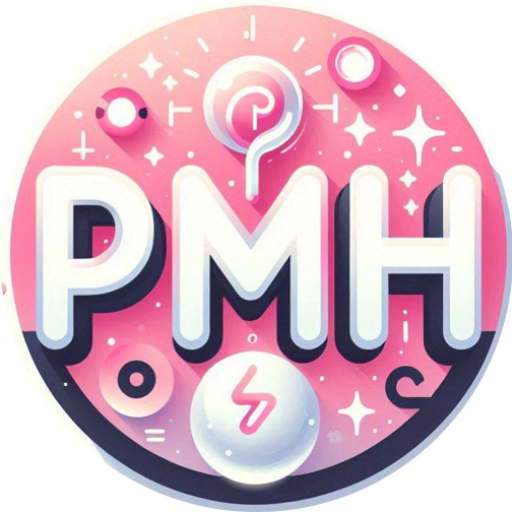
In the world of web development, dynamic content is crucial for creating engaging and interactive user experiences. Microsoft Power Pages provides a powerful way to achieve this through the use of Liquid, a template language designed by Shopify. In this blog post, we’ll explore how you can harness the power of Liquid in Power Pages to render dynamic content from Dataverse.
What is Liquid?
Liquid is a template language that allows you to render dynamic content. It uses simple syntax to display variables, run loops, and implement conditional logic within your web pages. This makes it an ideal tool for creating data-driven applications in Power Pages.
Why Use Liquid in Power Pages?
By using Liquid in Power Pages, you can seamlessly integrate data from Dataverse and display it on your web pages. This enables you to create rich, interactive applications that respond to user inputs and data changes in real-time.
How to Use Liquid in Power Pages
Let’s dive into the basics of using Liquid with Power Pages, including how to fetch and display data from Dataverse.
Basic Liquid Syntax
Liquid uses curly braces {} to output content and curly braces with percentage signs {% %} to run logic.
Output:
{{ variable }}: Outputs the content of a variable.- Example:
{{ page.title }}will display the title of the page.
Logic:
{% if condition %} ... {% endif %}: Conditional statements.{% for item in collection %} ... {% endfor %}: Loop through a collection.{% assign variable = value %}: Assigns a value to a variable.
Fetching Data from Dataverse
You can fetch data from Dataverse and render it using Liquid. Here’s a step-by-step guide:
- Create a Web Template:
- Navigate to your Power Pages portal management app.
- Create a new Web Template or use an existing one.
- Add your Liquid code to the Web Template.
- Retrieve Data Using FetchXML:
- Use FetchXML queries to retrieve data from Dataverse.
- Example FetchXML query:
<fetch>
<entity name="contact">
<attribute name="firstname" />
<attribute name="lastname" />
</entity>
</fetch>
- Render Data with Liquid:
- Use Liquid to render the retrieved data.
{% fetchxml contacts %}
<fetch>
<entity name="contact">
<attribute name="firstname" />
<attribute name="lastname" />
</entity>
</fetch>
{% endfetchxml %}
<ul>
{% for contact in contacts.entities %}
<li>{{ contact.firstname }} {{ contact.lastname }}</li>
{% endfor %}
</ul>
Practical Example: Displaying Active Accounts
Let’s create a practical example where we display a list of active accounts on a webpage.
- FetchXML Query for Active Accounts:
<fetch>
<entity name="account">
<attribute name="name" />
<filter>
<condition attribute="statecode" operator="eq" value="0" />
</filter>
</entity>
</fetch>
- Liquid Code to Render the Data:
{% fetchxml active_accounts %}
<fetch>
<entity name="account">
<attribute name="name" />
<filter>
<condition attribute="statecode" operator="eq" value="0" />
</filter>
</entity>
</fetch>
{% endfetchxml %}
<h2>Active Accounts</h2>
<ul>
{% for account in active_accounts.entities %}
<li>{{ account.name }}</li>
{% endfor %}
</ul>
Conclusion
Using Liquid in Power Pages allows you to create dynamic, data-driven web applications that enhance user engagement and interactivity. By combining FetchXML queries with Liquid’s templating capabilities, you can easily pull data from Dataverse and render it in your web pages. This not only improves the functionality of your web applications but also provides a seamless user experience.
Start leveraging Liquid in your Power Pages projects today and transform your web applications into dynamic, interactive experiences.
Feel free to share your thoughts and experiences with Liquid in Power Pages in the comments below!

